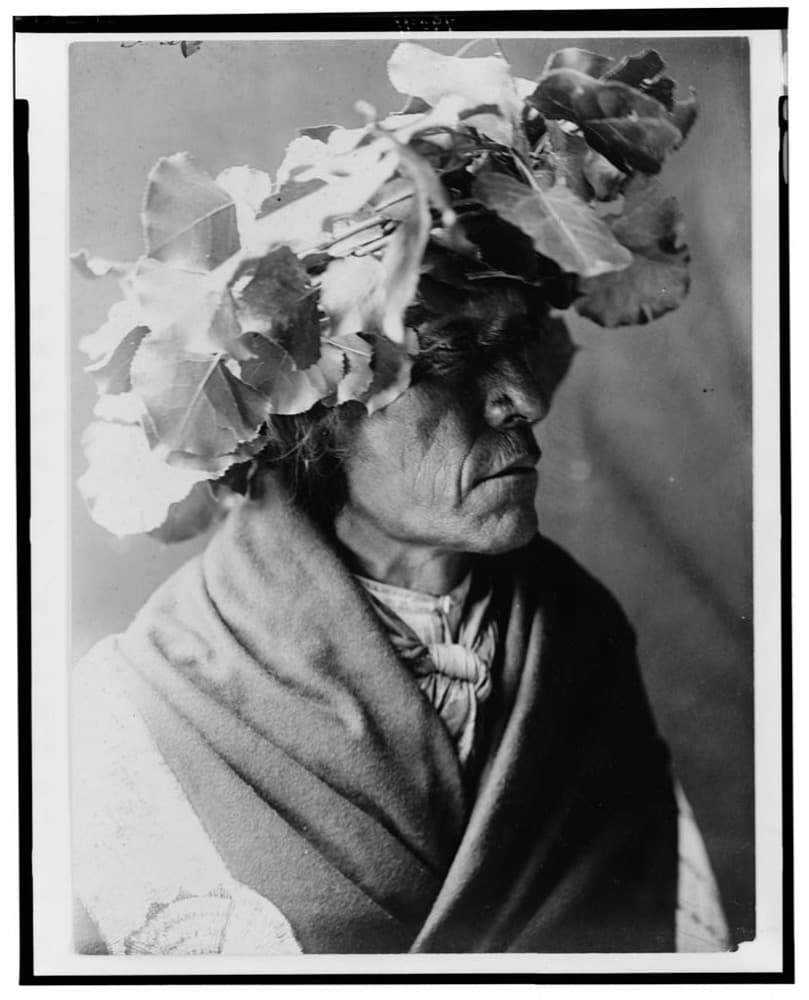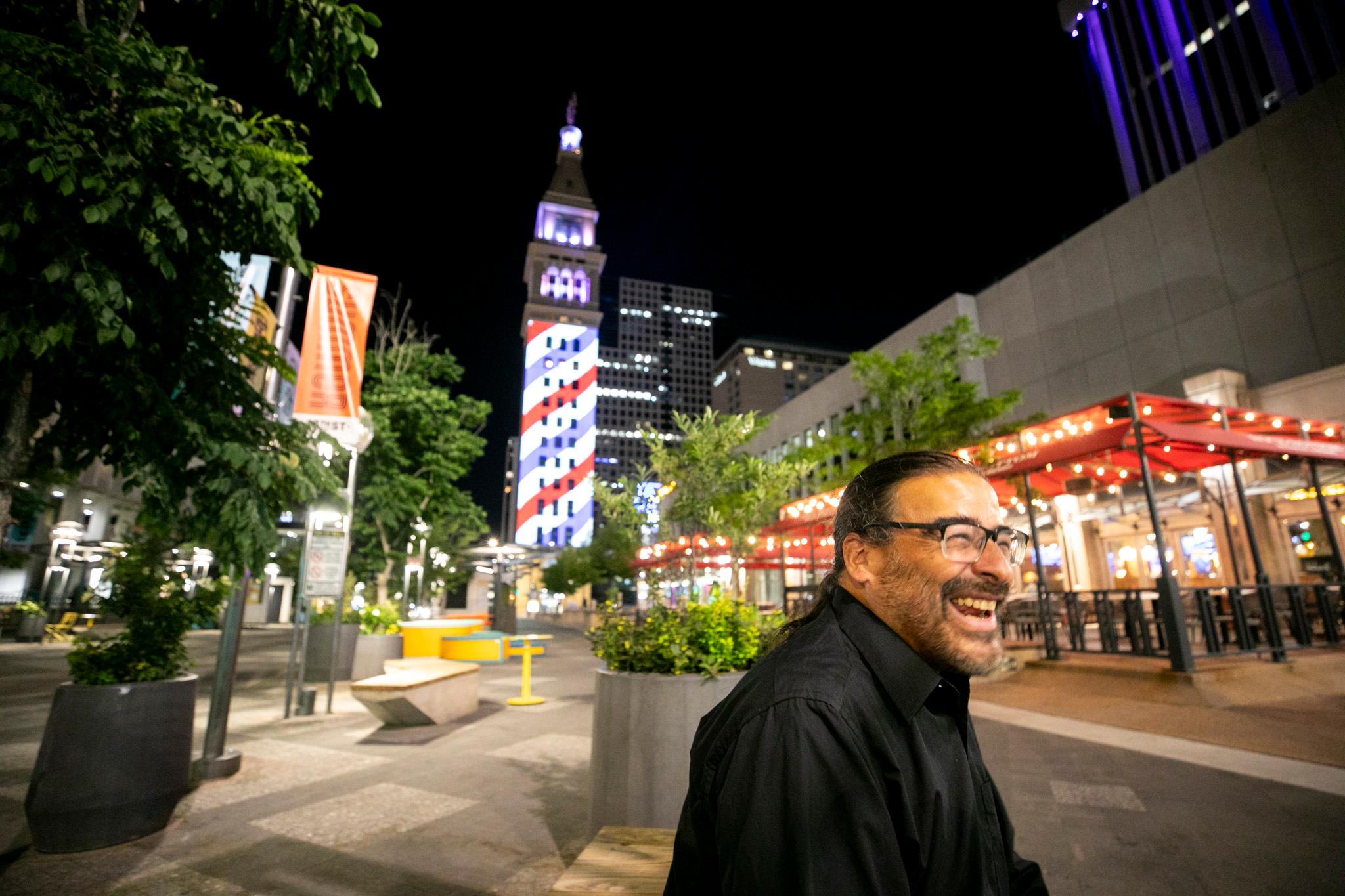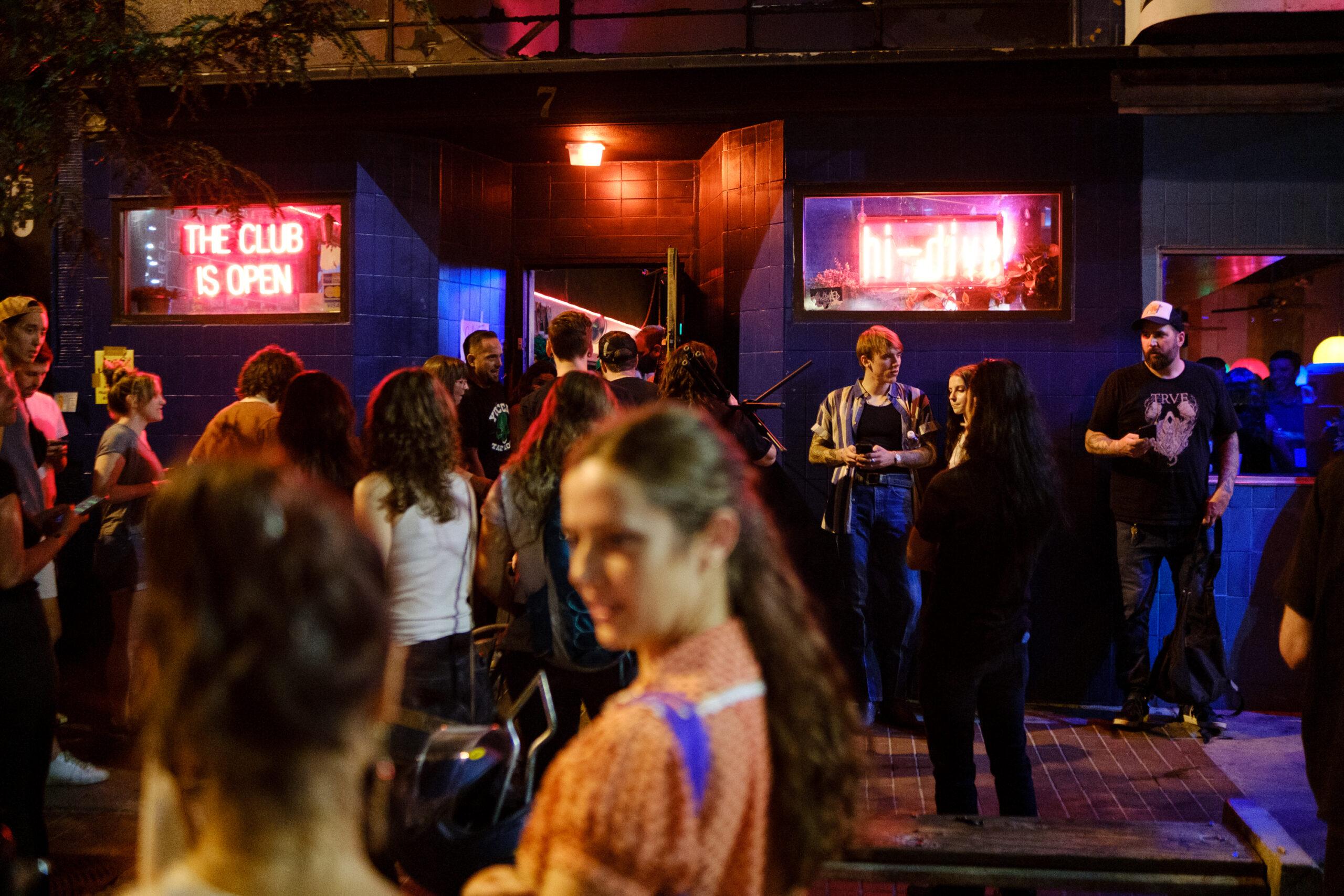For one thing, it didn't exist – not as part of the United States, anyway.

Colorado is known as the Centennial State because it was admitted to the Union in 1876. A hundred years prior, in 1776, most of the West was a mystery to white people.
Meriwether Lewis was likely still in diapers when the Declaration of Independence was signed. William Clark was not even seven years old. And Zebulon Pike (he of Pikes Peak) wouldn't be born until 1779.
At the time of the Louisana Purchase in 1803, the American people "could not fully appreciate the bargain they had made, for the land beyond the Mississippi River was almost completely unknown to them," states Carl Ubbelohde's book, A Colorado History.
So, who was here in 1776?
Colorado was largely populated by Native American people, including the Cheyenne, Arapaho and Comanche nations on the Front Range. The nomadic bands of the Southern Ute people lived west of the continental divide, where they likely had been for millennia. The cliffside dwellings of Mesa Verde, meanwhile, had been abandoned for centuries.
For the Arapaho, the future site of Denver was at some point a major gathering place. There they would meet white settlers – but not until the second half of the 1800s.
Still, the influence of the Europeans already was apparent in Colorado. Both the Arapaho and Cheyenne by the late 1700s were riding horses that likely had been reintroduced to the continent by the Spanish.
In the century to come, many Native Americans in Colorado would be pushed out or subjugated, and in many cases killed, especially by military force in the later half of the 1800s -- but, of course, Native Americans live here today, including at the headquarters of the Southern Ute and Mountain Ute in southwestern Colorado, and across the state.

Among Europeans, Spain dominated the western frontier in 1776.
In fact, 1776 was the year that they launched one of their most famous expeditions in North America, a quest to link the kingdom's California settlements with those in the Rio Grande Valley and northern Mexico.
On that journey, launched late in July, Franciscan priests Francisco Domínguez and Silvestre Vélez de Escalante would pass through western Colorado along the San Juan Mountains and the Gunnison and White rivers.
Find a map from their journeys here, and read details of the coming fight to divide the land here.
It's also possible that by 1776 a few fur traders had ranged out to Colorado, although the peak of that business here wouldn't arrive until the 1820s. Ubbelohde's book recounts the story of Pike, the explorer, meeting a trader named James Purcell in 1807.

This is obviously a pretty thin portrait of Colorado in 1776.
But then again, so was the white man's understanding of the place. So much of what we know here has been built in barely 150 years. Our nation is young – and our state very much younger.
Ashley Dean contributed to this piece. If we missed anything, let reporter Andrew Kenney know at [email protected]. Updated to note the modern headquarters of the Mountain Ute and Southern Ute.










